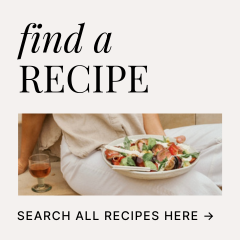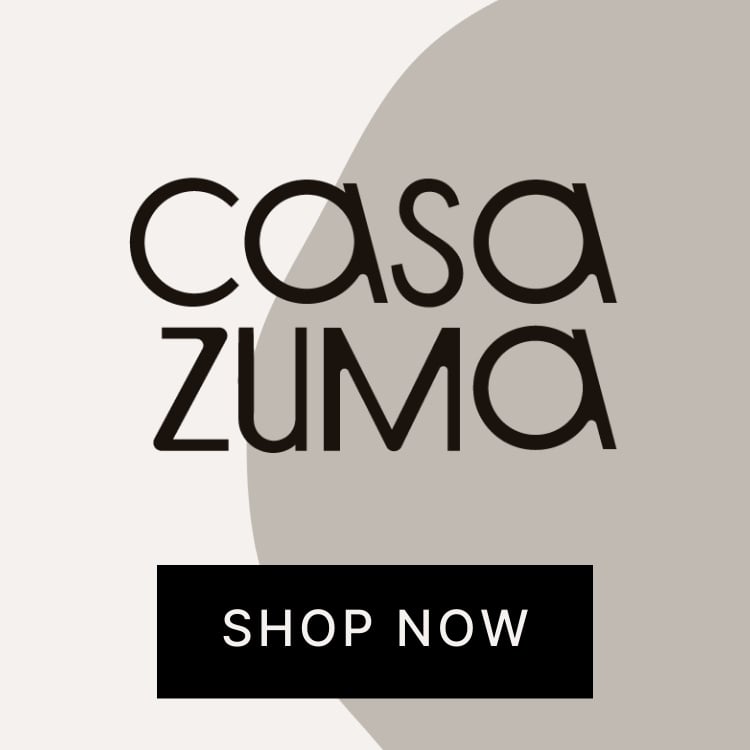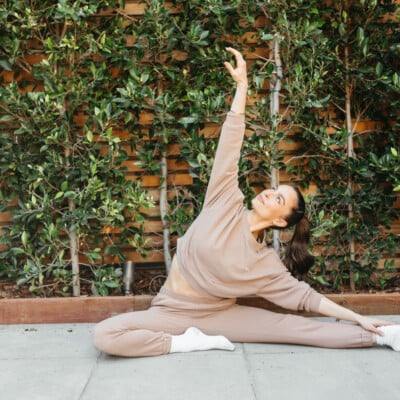And just like that, we’ve reached the halfway point in the year. Whoa. It’s time to do two things: reflect on your intentions and get a pulse on the bizarre (read: outlandish) health trends of 2024. From restrictive regimens to other questionable practices (carnivore diet, anyone?), this year’s wellness fads are a dime a dozen. And we’re here to spill the tea. While this isn’t to shame the vast world of health trends—as experimentation has its role in our wellness journeys—staying informed is key! With that, we’re looking at health trends 2024. In particular, those that are more humorous than helpful.

How do you know if a health trend is worth the hype?
For better or for worse, there’s no shortage of health trends on social media. Most of us stumble across a new wellness practice every day. But the truth remains: health crazes are catchy—and they often go viral. Without tunnel vision, how do you know which trends are worth the hype? And which fads should you guard against? Misinformation runs rampant, after all. Unfortunately, it’s not so black or white. Oftentimes, you won’t know if a trend is worth the hype until you try it.

Questions to Ask Yourself Before Trying a Health Trend
Even as a Nutrition Consultant, shiny object syndrome gets the best of me. But before diving into the latest wellness phenomenons, I ask myself the following questions:
What is the scientific basis for this trend?
- Investigate if there are any credible studies/scientific evidence to support the trend’s health claims. Do your research!
Who is promoting this trend?
- Consider the source. Are they reputable health professionals or influencers without medical credentials?
Are there potential risks or side effects?
- Assess whether the trend could pose any health risks or adverse effects.
Is this trend sustainable in the long term?
- Determine if the trend is something you can maintain over time (or more likely, if it’s just a short-term fix).
What are the financial costs?
- Evaluate the cost of adopting the trend. Is it financially feasible for you? Be realistic.
Does this trend align with my personal health goals?
- Reflect on whether the trend supports your individual health and wellness objectives. Remember, what works for someone else may not for you. We are all bio-individuals.
Have I consulted with a healthcare professional?
- This may not be high on your list, but consider seeking advice from a professional on the trend.
What do others say about this trend?
- Look for testimonials or reviews from other people who have tried it. You’ll get a good pulse on their experience and outcome.
Are there safer—or more proven—alternatives?
- Are there established methods (or practices) that achieve the same results more safely?
Am I motivated by hype or genuine interest?
- Be honest with yourself! Are you interested in the trend because it’s popular or because it genuinely interests you and fits your lifestyle?

2024 Health Trends
At the end of 2023, we shared our wellness predictions and health forecast for 2024. We kept things high-level, encouraging habits like non-tox skincare, eating more protein, taking creatine, and swapping some caffeine for more greens. We wanted to give you the tools to redefine the very essence of self-care. So, how do they stack up against the eccentric health trends that have emerged thus far? Scroll to get the scoop.

Wellness Vaping
Vaping has been controversial for years, but 2024 has introduced a new twist: wellness vaping. These devices claim to deliver vitamins, essential oils, and even collagen directly to your lungs for quick absorption. To no surprise, health experts are skeptical about the safety and efficacy of inhaling these substances. The potential risks to lung health far outweigh any unproven benefits, making wellness vaping one of the most questionable trends of the year.
The verdict: Rather than vape, diffuse essential oils in your home! There’s an oil for every need, mood, or ailment.
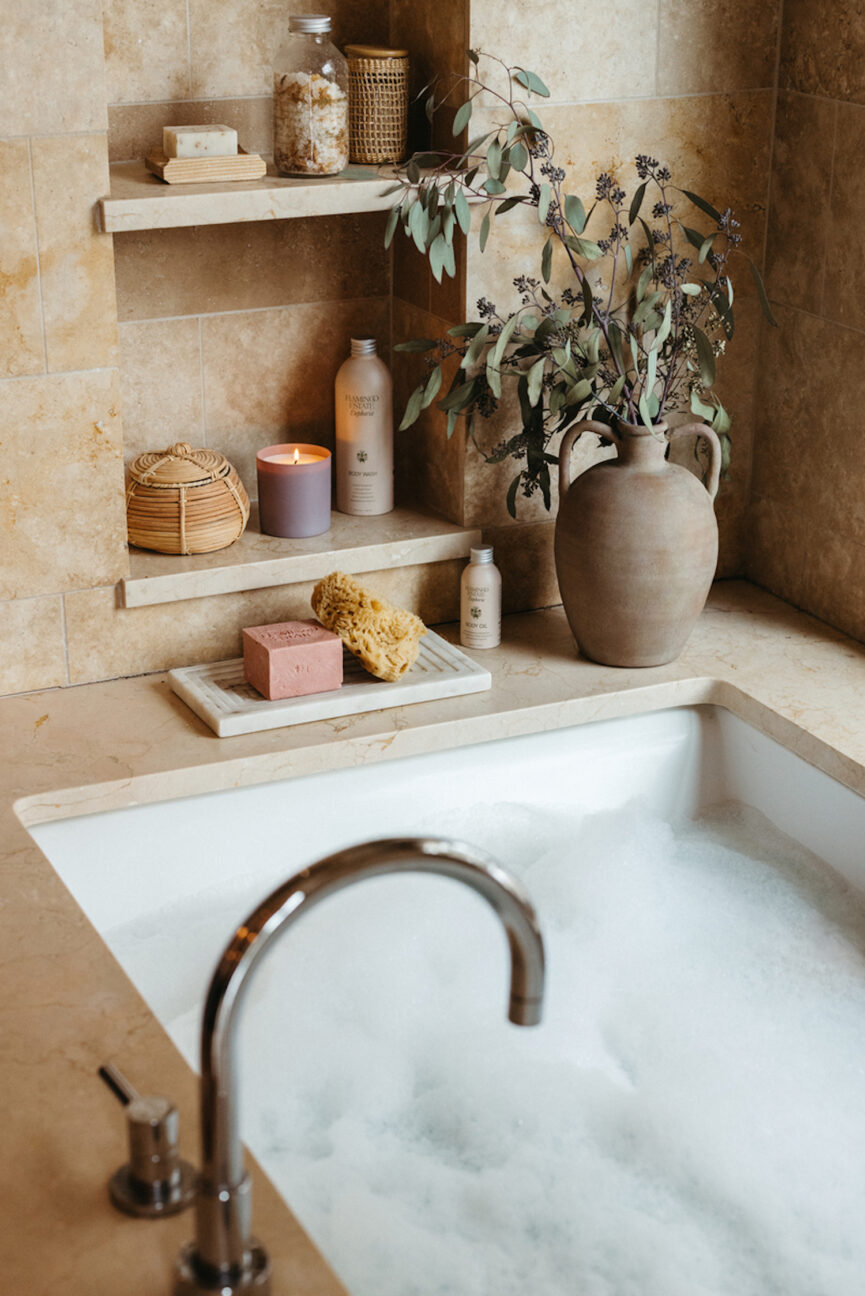
Ice Bath Diet
Remember when cryotherapy was all the rage? This year, cold-water enthusiasts have taken it a step further with the Ice Bath Diet. Proponents claim that taking daily ice baths is two-fold: boosts metabolism and aids in rapid weight loss. While, yes, cold temps force your body to work harder to stay warm—thus burning more calories—prolonged exposure to extreme cold can lead to hypothermia and other health risks.
The verdict: Cold plunging/cold water therapy can help with blood flow, reduce muscle soreness, and improve overall cardiovascular health, but using it as a diet tool is far-fetched.
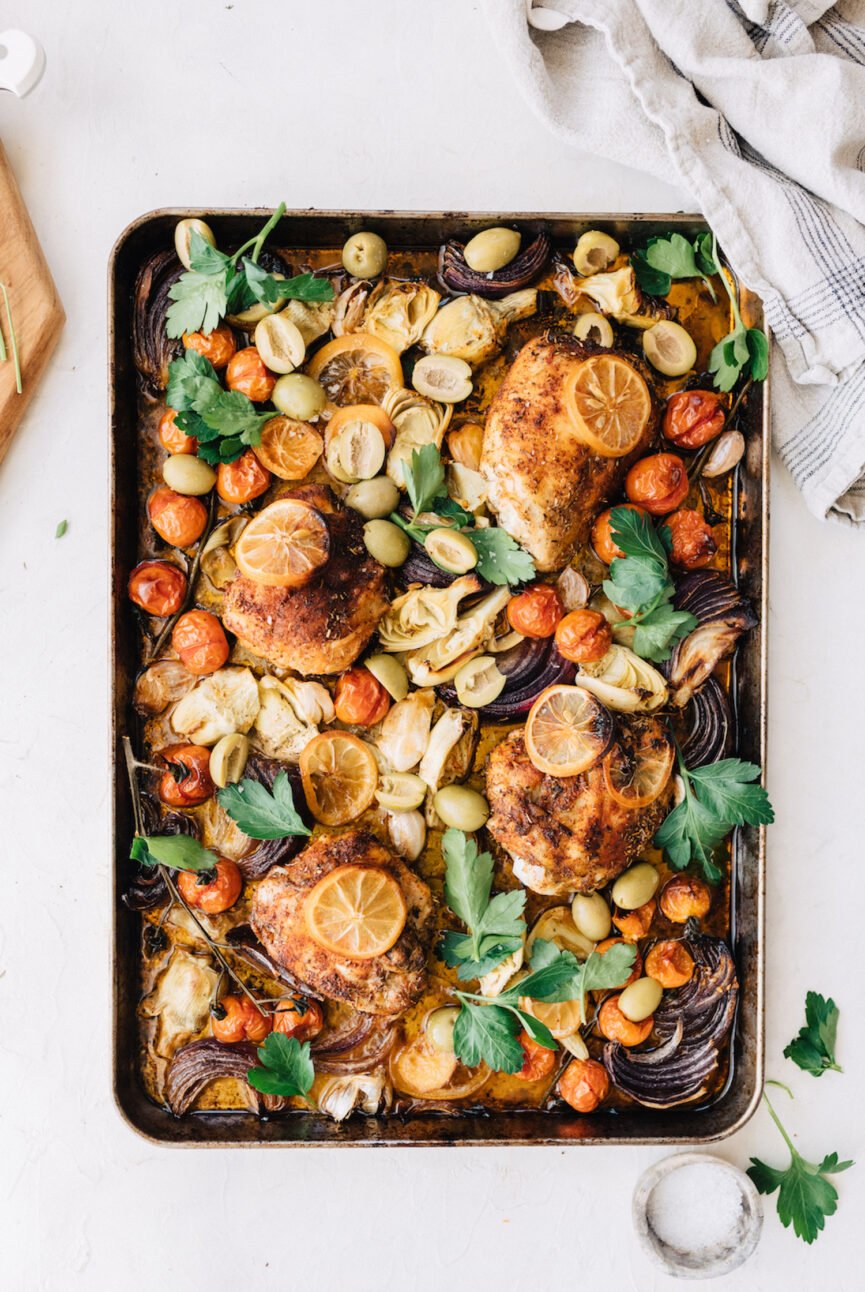
Carnivore Meal Plan
Chicken liver carnivore pancakes and butter, anyone? The carnivore diet is currently making waves, which involves consuming only animal products and eliminating all plant-based foods. Thanks to its extreme nature and lack of nutritional balance, it’s not sustainable long-term. We evolved to eat polyphenol-rich fruits and fiber-packed veggies for a reason! Speaking of fiber, a well-balanced diet that includes fiber is much more beneficial as it supports digestive health, helps regulate blood sugar levels, and provides a wide range of nutrients necessary for overall well-being.
The verdict: The carnivore diet may offer short-term benefits—such as weight loss and reduced inflammation—due to its high protein and fat content. However, it’s not a balanced approach and lacks essential nutrients. It’s potentially harmful for long-term health, so chat with your healthcare provider before diving into this extreme regime.

Charcoal Lattes
If you know, you know: activated charcoal has been sneaking its way into everything from our supplements to our toothpaste. But this year, we’ve seen the rise of charcoal lattes. These inky black beverages are touted to detoxify the body, whiten teeth, and improve digestion. While they make for an Instagram-worthy photo, the scientific evidence supporting these claims is scant. Consuming activated charcoal can interfere with the efficacy of medications and nutrients, making it a trend to leave in the past.
The verdict: If you’re going to use activated charcoal, use it sparingly—not as a daily supplement. For short-term use (such as specific detox purposes), 500-1,000 mg once or twice a day for a few days is considered safe. Long-term use or frequent high doses can interfere with nutrient absorption and lead to constipation.
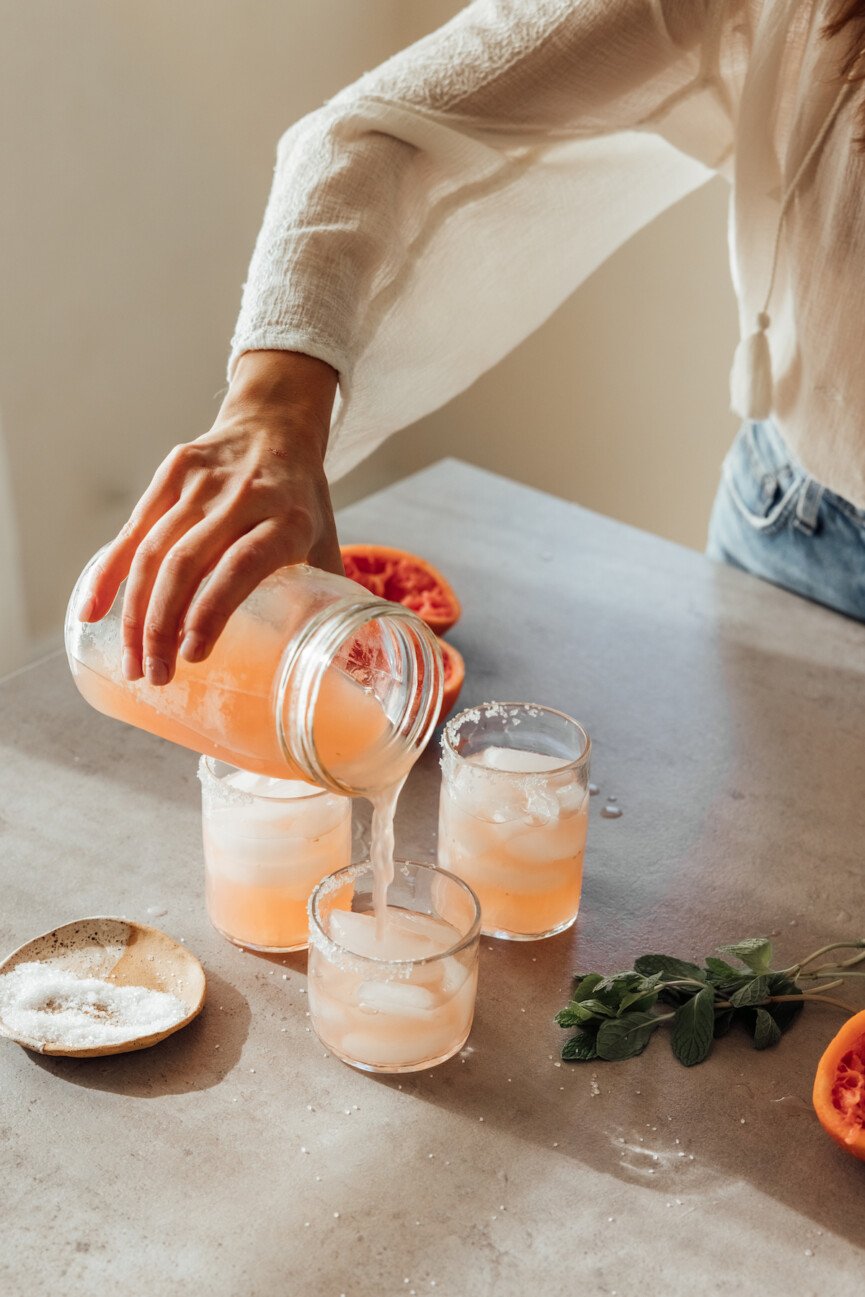
Moon Juice
No, it’s not a space-age beverage from the future. Moon Juice produces the latest wellness concoctions that claim to harness the mystical energy of the moon. The various blends are typically made from herbs, adaptogens, and other natural ingredients, promising everything from enhanced mental clarity to increased fertility. Despite the whimsical marketing, there is little scientific backing for the benefits of these lunar elixirs. It seems this trend is more about the allure of the cosmos than actual health benefits.
The verdict: While we aren’t touting the ‘moon juice’ trend, we do love a Sleepy Girl Mocktail for encouraging restful sleep.

Earthing Shoes
Grounding (also known as earthing) isn’t new. This beautiful practice implies that direct contact with the earth’s surface can improve your health by balancing electrons. Anecdotally, you’ve probably experienced the full-body exhale as you sink your toes into the sand or walk barefoot across the grass after a long flight. It’s nourishing (and the research proves it). This year, the trend has evolved with the introduction of earthing shoes—yes shoes—designed with conductive materials that supposedly connect you to the earth’s energy. The idea that special shoes can provide significant health benefits is a bit wacky. But if it calls to you, give these a go!
The verdict: Rather than fill your closet with earthing shoes, head to your local park/beach. Barefooted, feel Mother Nature’s energy activate your parasympathetic nervous system (the antidote to our stressful lives!).
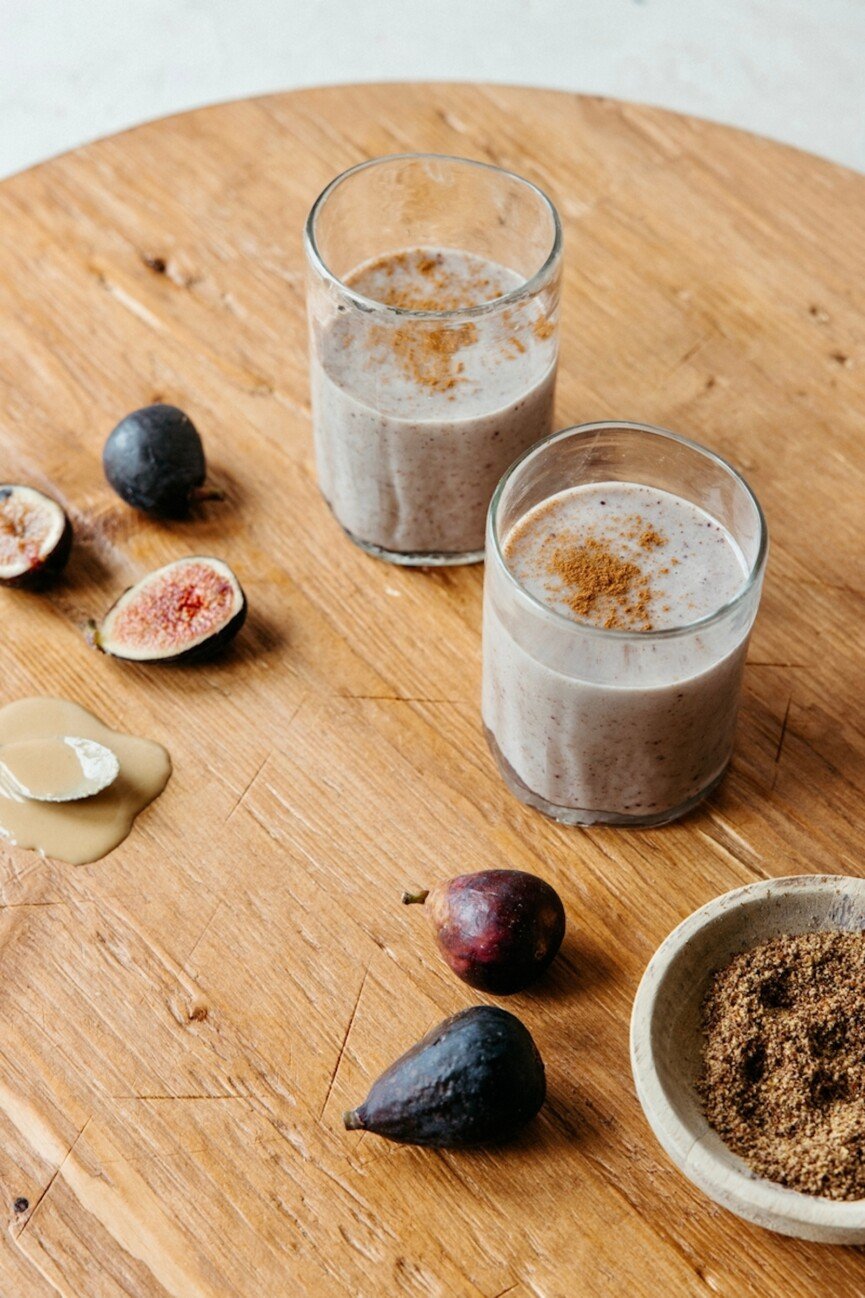
Glitter Smoothies
We can thank Erewhon for putting expensive smoothies on the map. But 2024 has taken the smoothie craze to a whole new level with the introduction of glitter smoothies. These sparkling drinks—infused with edible glitter—are marketed as a fun and glamorous way to boost your health. However, glitter offers no nutritional value and can even cause digestive issues if consumed in large quantities. This trend highlights how marketers will pull all the stops to make healthy eating visually appealing (even at the expense of common sense).
The verdict: Skip the glitter and try our tropical pineapple smoothie, strawberry matcha smoothie, or our fig and tahini smoothie.
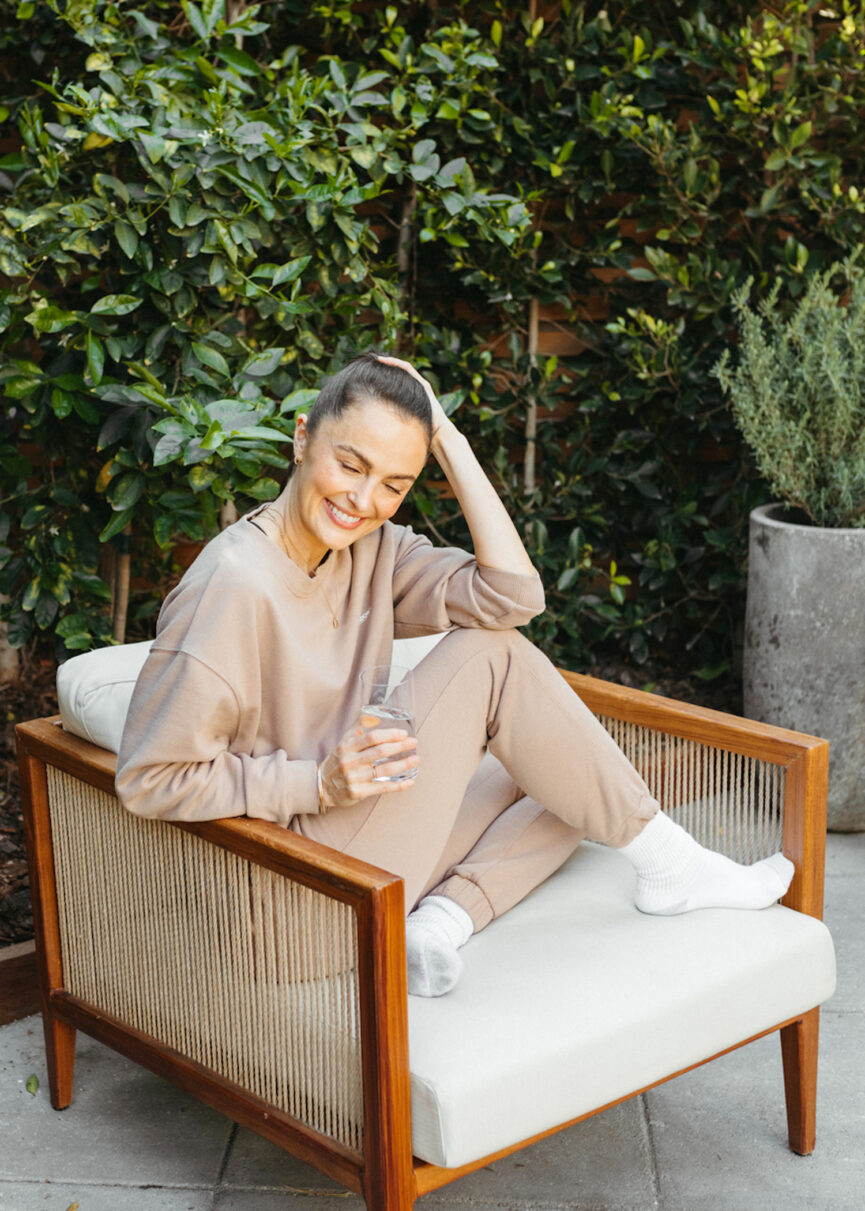
Crystal-Infused Water
With the advent of crystal-infused water, the wellness world’s fascination with crystals continues. Advocates believe that placing crystals in your water can charge it with positive energy, improving everything from your mood to your skin. While it’s true that staying hydrated is crucial for health, there’s no scientific basis for the idea that crystals can enhance the properties of water. This trend is a perfect example of how pseudoscience can seep into health practices.
The verdict: Want fun and delicious ways to up your water intake? Try sipping on icy cold coconut water, squeezing citrus into your water bottle, or infuse your glass with fresh mint and chopped strawberries.
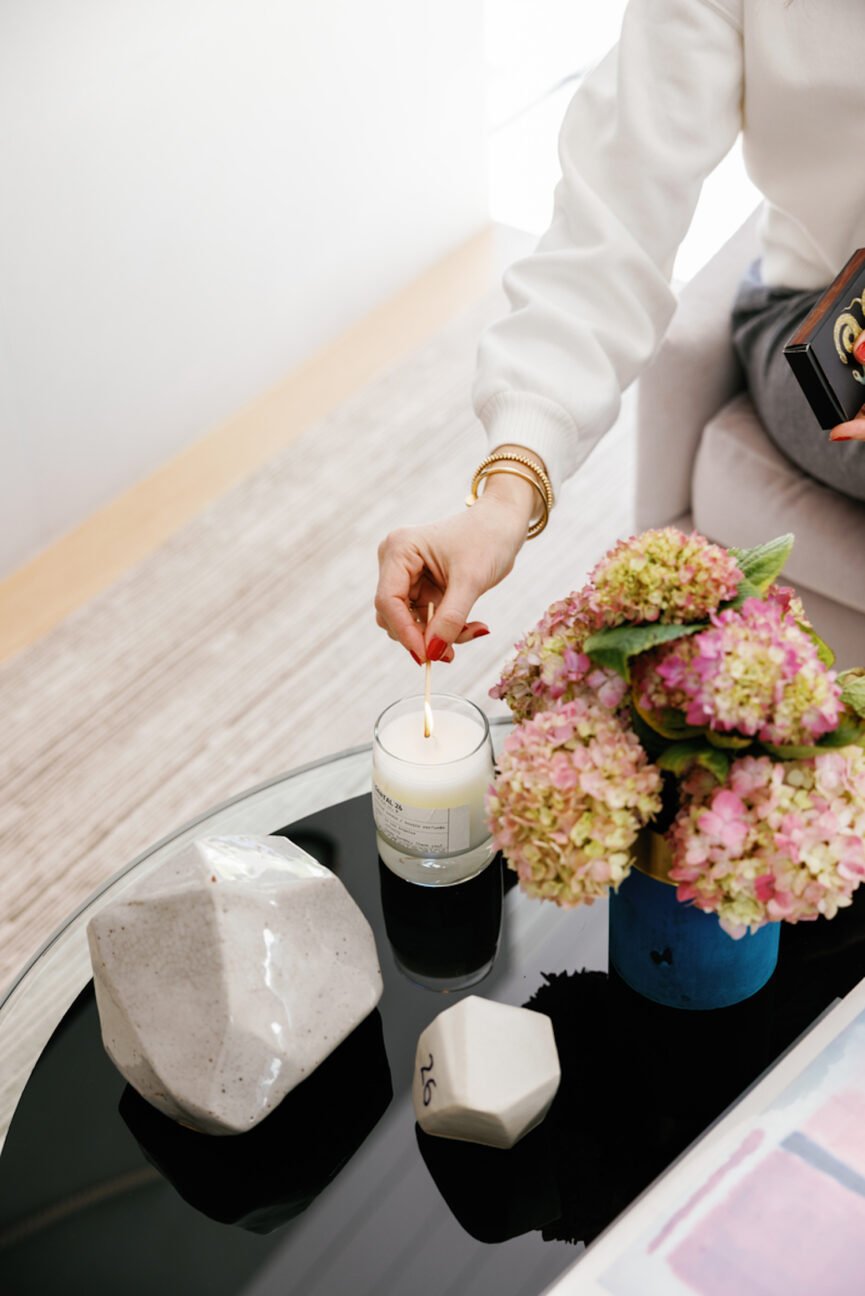
Biohacking Implants
Biohacking enthusiasts are always looking for new ways to enhance their bodies, and this year, the focus has shifted to implants. These small devices—inserted under the skin—claim to monitor health metrics, deliver supplements, and even provide biofeedback. While some biohacking innovations have potential, the idea of implanting devices for health purposes is fraught with risks, including infection and device malfunction. This trend pushes the boundaries of what’s safe and sensible in the quest for peak performance.
The verdict: If you’re keen on understanding how your body responds to food, how to improve your energy, and get personalized nutrition recommendations, consider wearing a continuous glucose monitor instead!

Sleep Tents
In a bid to optimize sleep, some wellness aficionados have turned to sleep tents. These enclosed, often portable structures are designed to create the perfect sleep environment by blocking out light and sound, regulating temperature, and even emitting calming scents. While a good night’s sleep is essential for health, the necessity of sleeping in a tent indoors is questionable, to say the least. This trend seems to cater more to those seeking novelty rather than addressing actual sleep issues.
The verdict: Skip the sleep tents and focus on these proven tips to get better zzz’s.

Tread with Caution
From the Ice Bath Diet to sleep tents, 2024 has been a year of outlandish health trends (but are we even surprised?). While some of these practices may offer a placebo effect—or temporary novelty—most are grounded in little to no scientific evidence and can even pose health risks.
As a good rule of thumb, approach new health trends with a critical eye and rely on proven methods for maintaining well-being. Here’s to hoping the latter half of the year brings more sustainable health practices.
